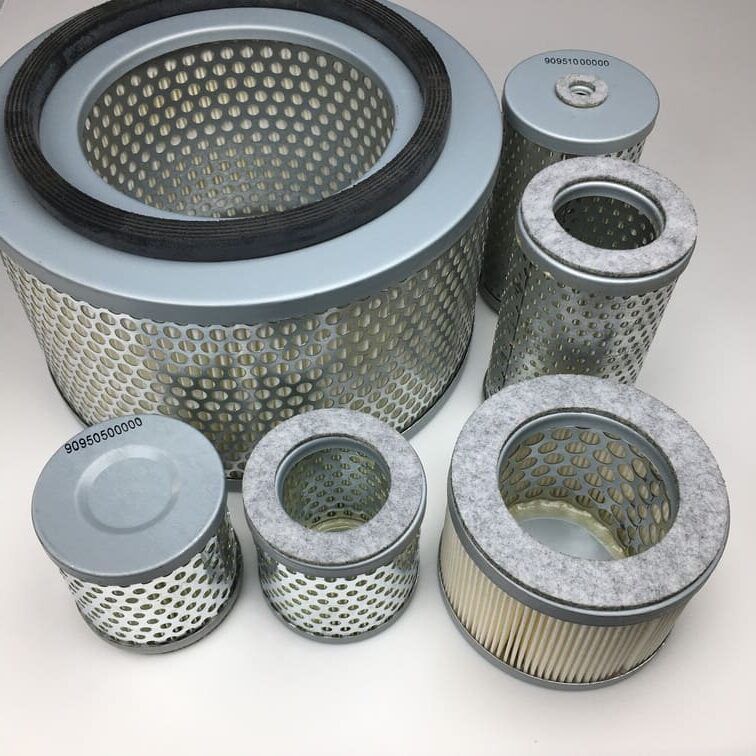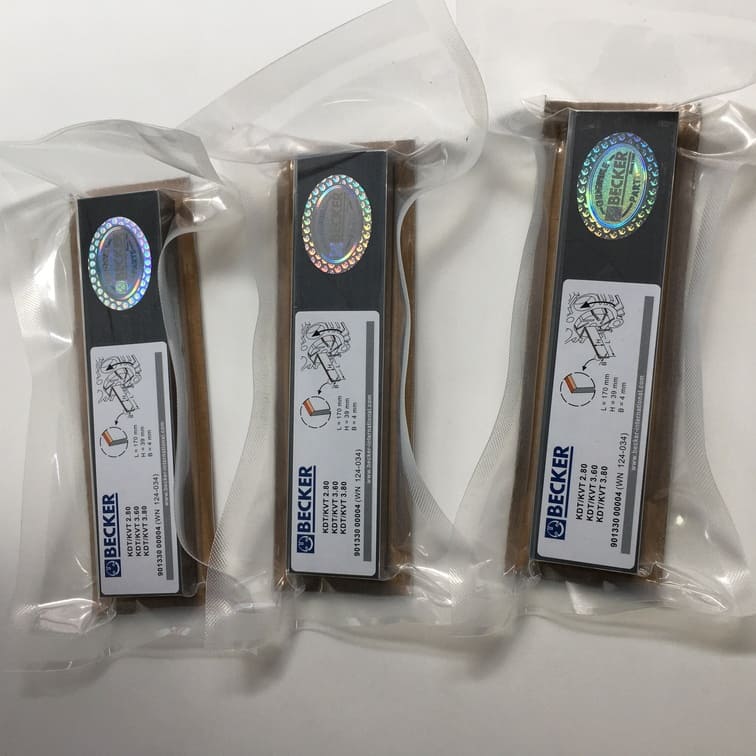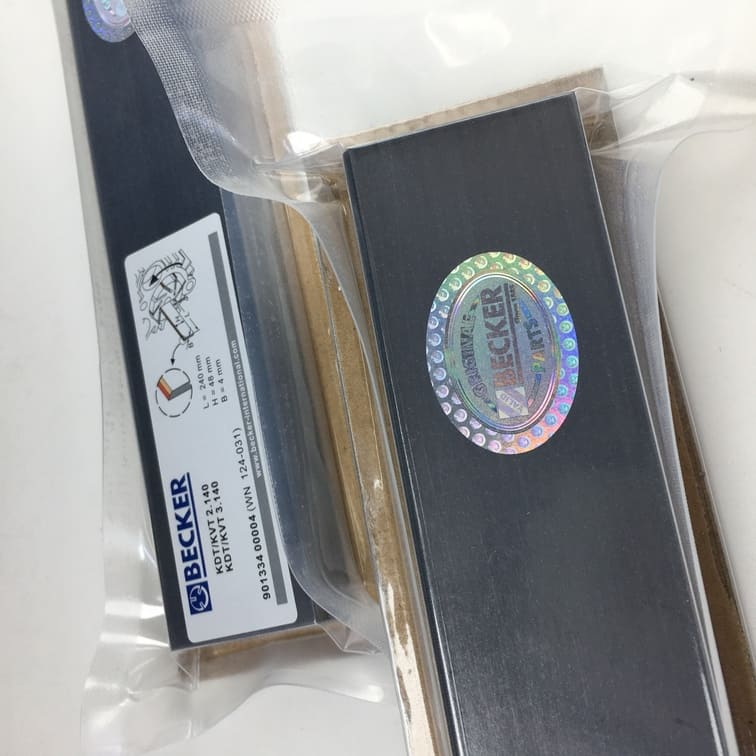How Do Vacuum Pumps Work?
Vacuum pumps are vital tools used in various industries to remove air and other gases from a sealed chamber, creating a vacuum. This article will explain how vacuum pumps work, the different types of vacuum pumps, and the applications they are suited for. From positive displacement pumps to momentum transfer pumps, this guide will cover everything you need to know in an easy-to-understand format.
1. Introduction to Vacuum Pumps
A vacuum pump is a mechanical device used to create a vacuum, which is an environment devoid of matter, particularly air or gas. This is achieved by removing gas molecules from a sealed chamber, reducing the pressure and generating a vacuum. Vacuum pumps have a wide range of applications, including laboratory research, food packaging, and HVAC systems.
The principle behind vacuum pumps involves controlling the flow of gas to create a low-pressure environment. It is important to understand how different types of vacuum pumps achieve this, as each type is suited to specific requirements.
2. Types of Vacuum Pumps
There are several types of vacuum pumps, and each type functions based on different principles to create a vacuum. Here are the main types:
- Positive Displacement Pumps: These pumps work by expanding a cavity to draw gas in, then sealing and releasing it to the exhaust. Examples include rotary vane pumps and diaphragm pumps.
- Momentum Transfer Pumps: Also known as molecular pumps, these pumps work by imparting momentum to gas molecules, effectively pushing them out of the chamber. Turbomolecular and diffusion pumps fall into this category.
- Entrapment Vacuum Pumps: These pumps capture gases in solid or adsorbed forms, typically using cryogenic or ion processes.
Understanding the differences between these pump types is essential when selecting the right pump for your specific application.
3. Positive Displacement Vacuum Pumps
Positive displacement pumps are among the most commonly used types of vacuum pumps. They operate by mechanically trapping gas molecules and moving them out of the chamber to create a vacuum. The primary advantage of positive displacement pumps is their ability to create both low and high vacuums.
How Positive Displacement Pumps Work
- Chamber Expansion: The pump’s internal cavity expands, causing gas to flow in.
- Compression and Exhaust: The cavity is then sealed, and the gas is compressed before being expelled.
- Repeat Cycle: This process repeats to gradually lower the pressure in the chamber.
The rotary vane pump is an example of a positive displacement pump. It has a rotor with vanes that extend and retract to trap and move gas molecules. Positive displacement pumps are effective for a wide range of applications, including refrigeration and HVAC systems.
4. Rotary Vane Pumps: A Closer Look
The rotary vane pump is one of the most popular types of positive displacement vacuum pumps. It is commonly used for high vacuum applications, thanks to its efficiency and reliability.
Key Components
- Rotor and Vanes: The rotor is positioned off-center, and the vanes move in and out of their slots to create chambers that trap gas.
- Oil Sealing: Rotary vane pumps use oil to provide a seal between the vanes and the housing, which helps to create a deeper vacuum.
Rotary vane pumps are widely used in industries that require a stable and consistent vacuum, such as the medical and laboratory fields.

5. Momentum Transfer Vacuum Pumps
Momentum transfer pumps work on a different principle compared to positive displacement pumps. Instead of mechanically trapping gas, these pumps rely on a high-speed rotor or vapor stream to move gas molecules out of the chamber.
How They Work
- High-Speed Rotor: The rotor in a turbomolecular pump moves at very high speeds, transferring momentum to gas molecules.
- Gas Molecule Movement: The momentum imparted to the gas molecules pushes them in the direction of the exhaust.
Momentum transfer pumps are ideal for achieving ultra-high vacuums, making them perfect for use in particle accelerators and certain types of analytical equipment.
6. Liquid Ring Vacuum Pumps
Liquid ring pumps are another type of positive displacement pump that uses a liquid (often water) to form the sealing ring. The pump’s rotor is partially filled with liquid, and as it spins, the liquid forms a ring that seals and traps gas.
Applications of Liquid Ring Pumps
- Chemical Industry: Liquid ring pumps are ideal for removing gases that may contain particles or liquids, as the sealing fluid can capture and remove contaminants.
- Petrochemical Plants: They are also used in refining applications due to their capacity to handle vapor-rich gas streams.
One of the benefits of liquid ring pumps is their simplicity and robustness, allowing them to handle harsh environments and corrosive gases.
7. Oil-Free Vacuum Pumps: Benefits and Drawbacks
Oil-free vacuum pumps are a critical choice for applications where contamination must be avoided, such as food processing or semiconductor manufacturing. Unlike traditional rotary vane pumps, oil-free pumps do not require oil for sealing or lubrication.
Advantages
- No Contamination: No risk of oil contamination in the vacuum chamber or exhaust.
- Reduced Maintenance: Lower need for oil changes and related maintenance procedures.
Drawbacks
- Higher Cost: Oil-free pumps are generally more expensive.
- Lower Ultimate Vacuum: They may not achieve as deep a vacuum as oil-sealed models.
Oil-free technology is commonly seen in diaphragm pumps and scroll pumps, which are used in applications that prioritize cleanliness.
8. Creating a Vacuum: The Process Explained
The process of creating a vacuum involves a few fundamental steps:
- Initial Pump Down: The positive displacement pump draws in gas molecules from the chamber, gradually reducing the pressure.
- Momentum Transfer: For high vacuums, a second pump (such as a turbomolecular pump) is often employed to remove remaining gas molecules.
- Entrapment: In ultra-high vacuum scenarios, pumps like cryopumps freeze and capture gas molecules.
The efficiency of each of these stages determines the ultimate vacuum that can be achieved, as well as the speed of reaching it (often called the pumping speed).
9. Common Applications of Vacuum Pumps
Vacuum pumps are used across various industries. Here are some common applications:
- HVAC and Refrigeration: Removing air and moisture before charging a refrigeration system with refrigerant.
- Medical Devices: Used in suction devices, respirators, and other medical equipment.
- Automotive Industry: For brake system evacuation and air conditioning maintenance.
- Food Packaging: Vacuum sealing to extend the shelf life of packaged foods.
10. Troubleshooting Common Vacuum Pump Issues
Vacuum pumps, like any other mechanical device, may face operational issues. Here are some common problems and solutions:
- Loss of Vacuum: This may be due to air leaks in the system or degraded seals. Check for leaks and replace faulty components.
- Overheating: Lack of oil or insufficient cooling can cause overheating. Ensure the pump is well-lubricated and properly ventilated.
- Noisy Operation: Excessive noise could indicate worn-out vanes or bearings. Inspect the pump for worn parts and replace them as needed.
11. Maintenance Tips for Vacuum Pumps
Regular maintenance of vacuum pumps is essential to ensure reliable operation and longevity.
Oil-Sealed Pumps
- Regular Oil Changes: Oil should be replaced frequently to maintain a good vacuum level.
- Inspect Vanes: Check for wear and replace vanes if necessary.
Oil-Free Pumps
- Inspect Diaphragms: Diaphragm pumps require periodic inspection to check for cracks or wear.
- Clean Filters: Keeping the intake filter clean helps prevent particulates from entering the system.
12. FAQs About Vacuum Pumps
1. What is the purpose of a vacuum pump?
A vacuum pump is used to remove air and gases from a sealed space, creating a vacuum that is essential for many industrial processes.
2. How does a positive displacement pump create a vacuum?
Positive displacement pumps expand a cavity, allowing gas to enter, then compress and expel the gas, gradually lowering pressure to create a vacuum.
3. Can vacuum pumps handle liquids?
Yes, certain types, like liquid ring vacuum pumps, are specifically designed to handle gases that contain liquid or are saturated with moisture.
4. What type of vacuum pump should I use for my application?
The choice depends on your specific needs. For general purposes, a rotary vane pump is ideal. For clean environments, an oil-free pump may be more suitable.
5. How often should I perform maintenance on my vacuum pump?
It depends on the usage, but regular checks for oil levels, seal integrity, and vane condition are generally recommended every few months.
6. Are oil-free pumps better than oil-sealed pumps?
Oil-free pumps are better for applications where contamination must be avoided, but oil-sealed pumps generally offer higher vacuum levels.
Conclusion
Vacuum pumps are essential components in many industrial and scientific applications. Understanding how different types of vacuum pumps work helps in selecting the right pump for each specific task. Whether you need a positive displacement pump, a momentum transfer pump, or an oil-free option, each type offers unique features tailored to particular applications. Proper selection, usage, and maintenance of vacuum pumps can ensure efficiency and longevity, helping industries work effectively with both high and low vacuum requirements.
For more details about vacuum pump spare parts, please visit Vacuum Pump Spare Parts. Whether you need carbon vanes, filters, or other essential components, our catalog offers reliable solutions to keep your vacuum systems running smoothly.




